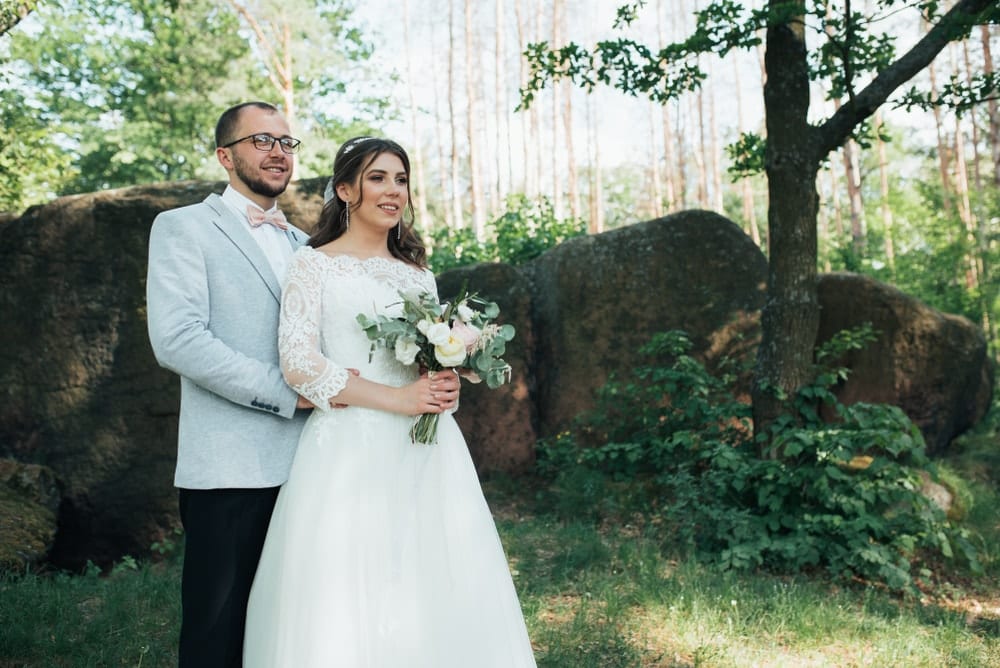

Photographers and writers are both at the top of the creative chain. They’re often expected to play synonymous roles through their creative contributions. Photographers are expected to tell a story with images, while writers create a picture through their words. In fact, a photograph can stir emotions and imaginations in unique ways, and even tell stories.
What Is A Story?
An author needs eight basic components for a story:
• Characters – people, animals, creatures, and others with a role to play in the storyline.
• Setting – the environment and semi-tangibles that compose the story’s place and world.
• Objects – inanimate things to support, influence, depict, symbolize, or reflect the characters and setting.
• Moments – continually transpiring events directionally propelling the story.
• Scenes – a series of moments that cumulate to push the reader to an opinion, feeling, or question central to the storyline.
• Acts – the choreography of all the above to complete a section of the story.
• Themes – the simplified summaries of the main ideas of the story.
• Context – the story’s relevance to person, place, time, or action as it influences a reader’s known and perceived point of view regarding characters, setting, objects, moments, scenes, acts, or themes.
The landscape covered within a story can be vast and then expand through an infinite amount of space and time. The end result is the reader arriving at a finite destination based on the cumulative results of their reading journey. They get the full and complete story, even if the story doesn’t have an ending. In other words, there’s much for the reader to grasp before readers get to the final page of the story. A photograph is and can only be that final page, meaning it’s a fallacy to ask for a complete and detailed story to come out of a photograph’s single image.
What Is A Photograph?
A photograph can certainly capture and convey many of the elements of a story, including characters, moments, objects, context, settings, and themes. Photography can engage and pull emotions, questions, and even conclusions from a viewer. Depending on the viewer’s connection to the images, a photograph can tell a lot of stories in their minds.
• Photography is a moment
Taken in exactly the right fraction of a second, a photograph can magically capture the very essence of a moment. Think about the photograph of Neil Armstrong as the first man on the moon, the iconic flag raising photographs at Iwo Jima, and imagines from the terrorist attacks of 9/11. History’s finest and most tragic moments have been captured by skilled photographers recognizing that perfect second in time.
• Photography is a scene
How a photographer shoots a still creates the scene. Lighting, cropping, casting, and the direction and angle of the lens are all elements of a photograph’s scene-building capabilities. The viewer’s emotional connection and ability to envision that scene in action depends on the elements a photographer chooses to capture within that scene, and the artistry used to capture it.
• Photography is context
Context creates a huge distinction between photography and written stories. Readers gather large elements of context from multi-points of contact with person, place, time, and action within the entire span of a storyline. Photography can have multi-points of context contact, such as a shadow, strategically placed object, or facial expression, but it only has one opportunity for delivery. It also has only one avenue delivering context itself, which is the viewer’s subjective imagination from context clues within the image. Otherwise, photography’s context exists only within the viewer’s own existing knowledge of a subject or character. Delivery of context is as close to a complete story as photographers can offer.
How Photography Can Tell Amazing Stories
One way that photos can tell amazing stories is by capturing a time, place and event that’s important in our lives. A great example of that is photographs taken during a wedding. Those photos will always take the people who attended the wedding back to a happy, memorable and special moment in their lives, while those photos can also be passed down to future generations to relive, through those images, what their parents or grandparents experienced on that magical day. And there are a lot of amazing stories that can be told through those images.
What Photography Can Do for Your Wedding Ceremony
One of the most important roles that photography plays is in capturing wonderful moments during your wedding ceremony — one of the most important days of your life. A great addition to your wedding is to arrange to have a photo booth available for everyone in attendance to take advantage of. That photo booth can capture the most beautiful, romantic and heartwarming moments during your ceremony.
The photo booth experts at A Cut Above will give you a choice between an open or closed photo booth, a selection of different backdrops and the use of print outs, digital images, or GIFs.
In addition, A Cut Above Wedding Photo Booth coordinator will be on hand during the ceremony to help customize the photo booth experience to fit your needs.
The A Cut Above Photo Booth staff will arrive in professional attire to set up and coordinate the entire process at your wedding, and create a beautiful custom backdrop with a unique theme. Contact us today at 800-295-0430 to find out how we can help make your wedding the best one ever.

